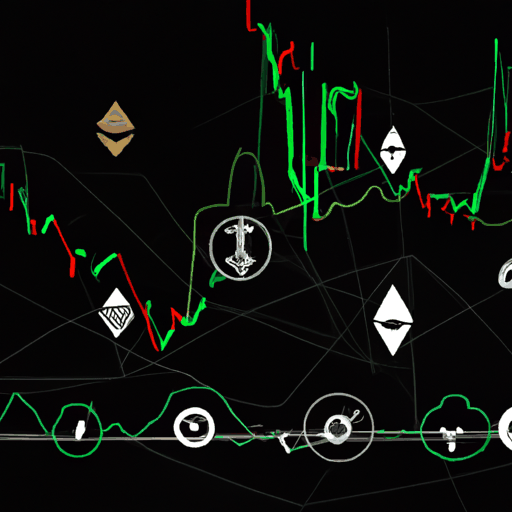
Emerging Threat: Ethereum Smart Contracts as Malware Channels
By: Eliza Bennet
The cybersecurity landscape has observed a noteworthy evolution with the use of Ethereum smart contracts as a tool for embedding malware in developers' environments. This technique leverages the decentralized and often immutable nature of blockchain technology to create a resilient command channel, providing hackers with a novel method to circumvent traditional detection mechanisms. Researchers from ReversingLabs revealed how two npm packages, namely colortoolsv2 and mimelib2, exploited Ethereum's blockchain to conceal malicious URLs. Instead of having hardcoded infrastructures within the packages, the malware retrieved command instructions directly from Ethereum contracts, complicating efforts to pinpoint malicious activities.
The method of utilizing smart contracts in this manner is not entirely new but showcases a sophisticated twist in how blockchain technology can be misused by threat actors. In a broader campaign throughout 2024, a prevalent technique involved typosquatting npm packages that executed scripts querying Ethereum smart contracts. These scripts would fetch base URLs to download OS-specific payloads, enhancing their effectiveness across different platforms. Notable among the reported indicators of compromise (IOCs) were the sophisticated use of scripts and network configurations that made detection and prevention more challenging for cybersecurity teams.
In response to this threat, security professionals have emphasized the importance of modifying installation procedures to prevent lifecycle scripts from running unwarranted during CI builds. Enforcing npm’s --ignore-scripts option can mitigate such risks. Moreover, companies should reinforce locking configurations with pinning versions and carefully reviewing third-party packages to filter out potentially harmful components. Additionally, blocking outbound connections to known malicious command and control (C2) infrastructure remains a pivotal defensive strategy. The fusion of blockchain with malware indicates a dynamic shift in cyber threats, urging companies to stay vigilant and innovative in their defensive architectures.
The compromised npm packages have since been removed, but the underlying tactics employed through blockchain pathways underscore a recurring vulnerability that attackers might continue exploring. By embedding command and control centers within an immutable ledger like Ethereum, defense mechanisms are challenged, highlighting an ongoing arm race between cybersecurity resilience and hacker ingenuity.



